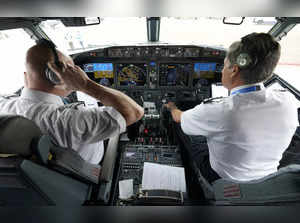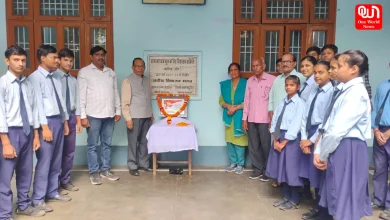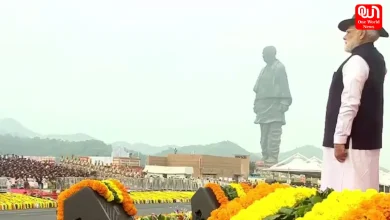DGCA Proposes Pilot Safety Rules
DGCA introduces measures to improve pilot well-being and safety through revised regulations.
DGCA introduced New regulations aimed to combat pilot fatigue and enhance airline safety in India.
The Directorate General of Civil Aviation (DGCA) is taking steps to improve pilots’ well-being by introducing new regulations. These changes aim to ensure pilots get enough rest and limit their working hours during nighttime flights. Airlines will now be required to submit quarterly reports on pilot fatigue.
The motivation for these changes comes from pilots who have expressed concerns about being overworked by airlines taking advantage of existing lax regulations. In August, a tragic incident occurred when an IndiGo pilot suffered a cardiac arrest just before a flight.

Read more:-Mumbai Learjet Incident: No Casualties, Runway Veer-Off
Nighttime Flight Limits
The proposed rules, now open for public input, reduce the maximum flight duty period from 13 to 10 hours for nighttime operations (between 12 AM and 6 AM). During this time, a pilot can make a maximum of two landings. Nighttime operations are particularly challenging due to the body’s natural sleep patterns, making pilots more susceptible to fatigue.
With the increasing number of “red-eye” flights departing at night and arriving in the morning, these changes address the rising demand for these flights, mainly due to slot constraints at major airports.
For flights lasting over 14 hours, DGCA limits the maximum flight time to 17 hours and mandates a rest period of at least 120 hours after each flight. This rest period increases by 24 hours after two consecutive ultra-long-haul flights.
Read more:-Jet Airways Airport Operator Certificate Renewed
DGCA officials have consulted extensively with pilots and airlines to ensure that the rules accommodate the evolving dynamics of modern aviation. Feedback from pilots and airlines has led to practical changes, such as including the time required for aircraft swaps and airport procedures during the flight duty period.
These new guidelines reflect a more tailored approach to the unique conditions of aviation in India, recognizing the country’s geography and flight durations. It’s a step toward ensuring the safety and well-being of our pilots.
Liked this post?
Register at One World News to never miss out on videos, celeb interviews, and best reads








